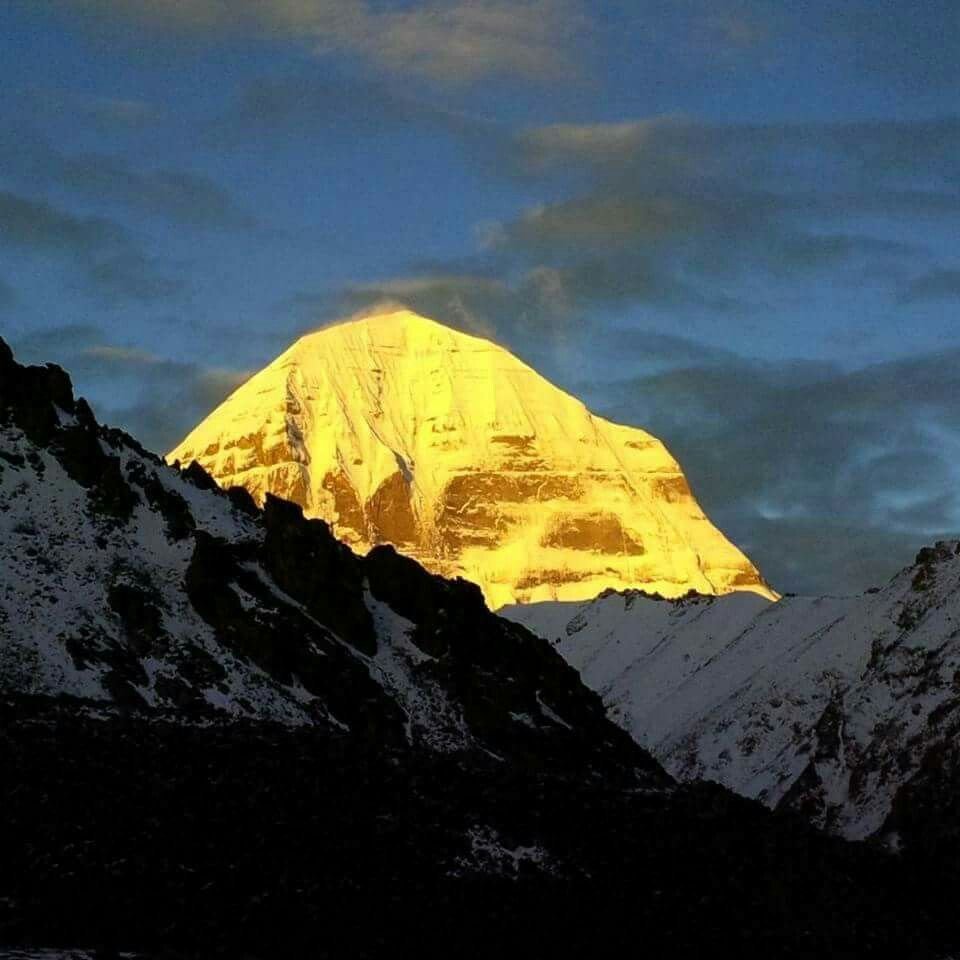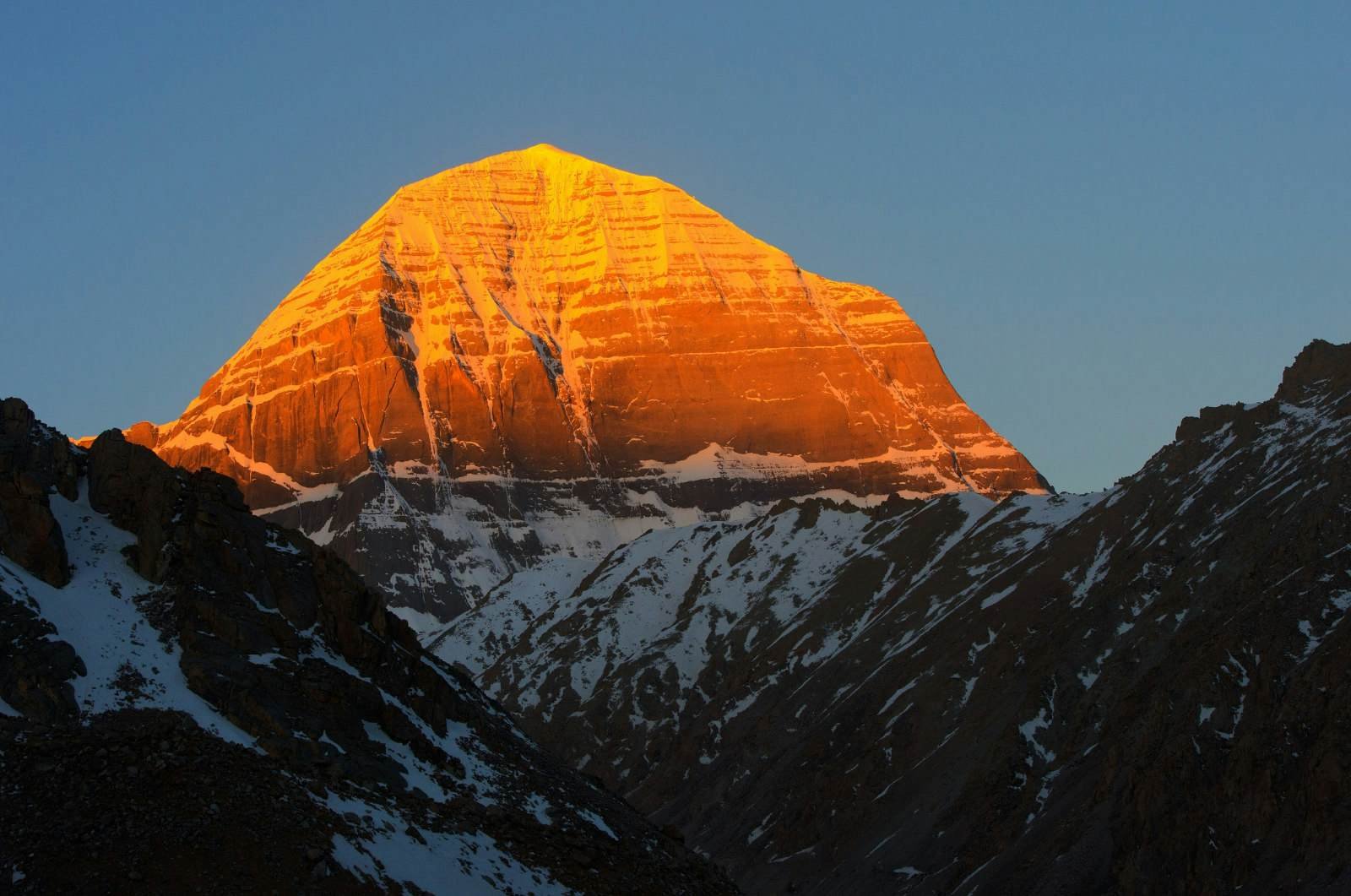An Explore of Mount Kailash: Unveiling the Best Time for Your Pilgrimage

Mount Kailash, abode of Gods and a divine hub of spiritual power, stands tall in its majestic solitude, attracting pilgrims and seekers from every nook and corner of the world. Its precipitous terrain and remoteness might seem daunting, but the transcendental experience one encounters makes it all worthwhile. While pilgrims have always trodden the arduous path that leads to this sacred epitome, timing is crucial in ensuring a smooth and fulfilling expedition. Let’s explore the optimal seasons for undertaking your sacred journey to Mount Kailash.

1. Spring – A Season of Rejuvenation:
April through May mark the advent of spring, a time when the earth awakens from its slumber, rejuvenated and ready for a new beginning. The air is crisp yet gently warm, carrying the sweet fragrance of wildflowers painting the landscape in vibrant colors. The trails might be adorned with patches of snow, making the scenery picturesque and emblematic of the merging of winter’s beauty and spring’s promise.
Pros:

- Moderate temperatures: The weather in spring tends to be pleasant, with temperatures ranging from a refreshing 45°F to a comfortable 70°F.
- Landscapes ablaze with colors: The colorful alpine landscape is in its utmost grandeur during this season, providing breathtaking vistas at every turn.
- Reduced footprints: The number of visitors in springtime is often lower than in other seasons, offering a more serene and tranquil ambiance.
Cons:
- Passing snow storms: Given the mountainous nature of the region, unexpected snow storms are still possible, necessitating apt preparation.
- Limited amenities: Certain high altitude facilities, like hotels or lodges, might be closed for the season, affecting lodging options.
2. Summer – Extended Window for Discovery:
June, July, and August constitute the summer season, the season that offers the peak window for adventure. Skies are blue and clear, promising spectacular views, including opportunities to witness the legendary celestial event, the “shadow of the mountain”. This natural phenomenon sees the sun casting an imposing triangle-shaped shadow onto the wall of the neighboring mountain, a sight that pilgrims believe symbolizes divine blessings.
Pros:
- Favorable conditions for trekking: Summer is the preferred season for trekking, as weather conditions are more stable, and the trails are clear of snow and ice.
- Increased accessibility: Roads leading to Mount Kailash are generally open during this time, facilitating easier transportation.
- A more vibrant spiritual experience: The hike through the pristine terrain, coupled with the presence of fellow pilgrims, fosters a sense of communion and spiritual connection.
Cons:
- Crowded trails: Summer attracts the highest influx of pilgrims, which can sometimes lead to congestion along the pilgrimage routes.
- Intense heat: At lower altitudes, the day time temperatures can rise uncomfortably, posing a challenge for trekking.
- Shifting landscapes: Due to the melting snow, coupled with the increased chance of rain, certain sections of the landscape might transform rapidly.
3. Autumn – A Time of Serenity and Spectacle:
From September to November, the fall season paints Mount Kailash in a new and spectacular vista. As the year turns, nature puts on an incredible show, adorning the trails with autumnal hues of amber, orange and red. The atmosphere is tranquil, with fewer crowds than in the previous season and the landscape is free of the summer’s oppressive heat, making the trek more comfortable.
Pros:
- Autumnal wonder: The metamorphosis of the landscape is a sight to behold, as the mountainsides turn into a symphony of fall colors.
- Solitude: The reduced number of pilgrims during this time means you are more likely to encounter moments of quietude and personal introspection.
- Ideal weather: Temperatures tend to be moderate and pleasant, making it easier to handle the physical rigors of the journey.
Cons:
- Changing weather conditions: The unpredictable nature of fall weather might bring occasional disruptions due to rain, snow, or even early snowfall.
- Closing of trails: As weather becomes erratic, some trails might close due to safety considerations, potentially affecting your itinerary.
No matter when you choose to embark on this sacred odyssey, remember that it’s not just about the destination but also the journey itself. Embrace the challenges, savor the beauty of the surroundings and open yourself to the transformative power of this pilgrimage. By choosing the season that aligns best with your preferences, you can enhance the depth of your experience, and create cherished memories that will last a lifetime.# Sacred Journeys: Optimal Seasons For Visiting Mount Kailash
Executive Summary
Mount Kailash, revered as the sacred abode of Lord Shiva in Hinduism, and a significant spiritual center for Buddhists, Jains, and Bonpos alike, beckons countless pilgrims and adventure seekers to embark on a life-changing odyssey. The best time to undertake this arduous pilgrimage is largely dictated by the unpredictable nature of the Tibetan climate and the implications it bears on accessibility and overall safety.
Introduction
Nestled in the heart of the Trans-Himalayas, Mount Kailash, a mesmerizing pyramid-shaped mountain, rises majestically at an elevation of 6,638 meters (21,778 feet) above sea level. It serves as the spiritual epicenter of the Kailash Manasarovar region, an area brimming with sacred lakes, pristine glaciers, and awe-inspiring vistas. Whether you seek spiritual enlightenment, immerse yourself in diverse cultures, or challenge yourself with a physically demanding trek, Mount Kailash beckons as an unforgettable destination.
Best Time To Visit Mount Kailash
Climatic Considerations:
- Harsh and Unpredictable: The weather conditions in the Kailash region are characterized by extreme variations, presenting challenges for travelers.
- Summer Heat: Typically, during the summer months (June-August), temperatures can soar up to a balmy 25°C (77°F) during the day, dropping dramatically below freezing at night.
- Winter Frigid Temperatures: In contrast, winter (December-February) can bring bone-chilling temperatures plummeting to -30°C (-22°F), demanding appropriate gear and precautions.
- Monsoon Season Challenges: The monsoon season, spanning from June to September, often brings torrential downpours, mudslides, and disruptions to road access.
Optimal Season: May and September:
- Favorable Weather: During these months, the weather is generally pleasant, offering clear skies, moderate temperatures, and a relatively low risk of inclement weather.
- Scenic Landscapes: The natural landscapes are adorned with vibrant hues, with wildflowers in bloom and the majestic Himalayas serving as a breathtaking backdrop.
- Accessibility: Road conditions are typically at their best during this period, ensuring smoother and safer transportation to and from Mount Kailash.
Other Considerations:
- Religious Significance: The timing of your pilgrimage can be influenced by significant religious festivals and events held in the region. Aligning your visit with these occasions can enhance the spiritual significance of your journey.
- Physical Fitness: Thoroughly assess your physical fitness level before attempting the challenging trek to Mount Kailash. Proper acclimatization and adequate preparation are crucial for a successful and safe pilgrimage.
- Permits and Regulations: It’s crucial to secure the necessary permits and adhere to local regulations regarding trekking and camping in the Mount Kailash region.
Additional Tips:
- Packing Essentials: Pack appropriate clothing for varying temperatures, sturdy trekking gear, a first aid kit, and other essentials for high-altitude trekking.
- Respect and Sensitivity: Be mindful of the sacredness of Mount Kailash and the surrounding areas. Respect local customs, embrace cultural diversity, and minimize your environmental impact.
- Capture the Journey: Don’t forget your camera to capture the breathtaking landscapes and preserve the memories of your sacred journey.
Conclusion
The optimal time to embark on your pilgrimage to Mount Kailash hinges on striking a delicate balance between weather conditions, accessibility, and your physical capabilities. With careful planning, preparation, and a profound reverence for the sacred nature of the region, you can embark on a transformative journey that will undoubtedly leave an enduring mark on your soul.
Keyword Phrase Tags
- Mount Kailash Pilgrimage
- Best Time to Visit Mount Kailash
- Kailash Manasarovar Trek
- Tibet Travel Guide
- Sacred Himalayan Journey
